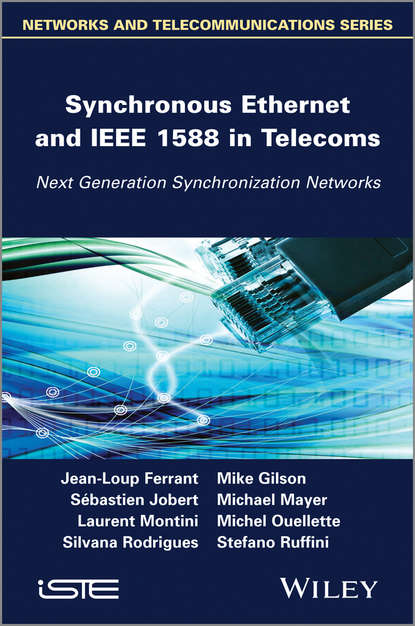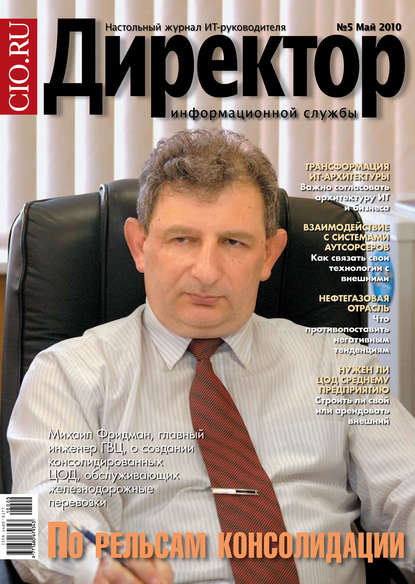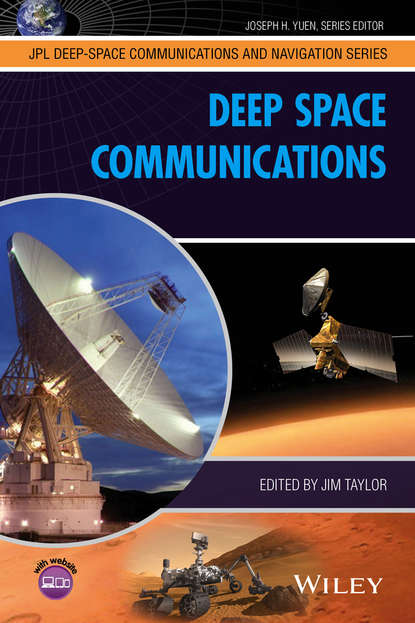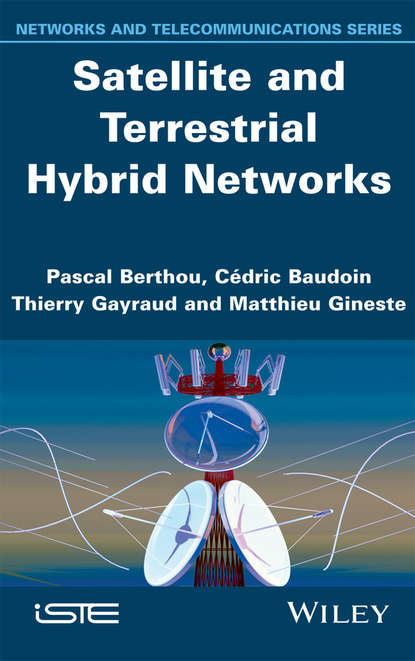Эта книга освещает множество технических аспектов распределения синхронизации в телекоммуникационных сетях нового поколения, уделяя особое внимание технологиям синхронного Ethernet и IEEE1588. Многие инженеры пакетных сетей борются с пониманием проблем, которые может вызвать точное распределение синхронизации в сетях. Обычные вопросы "почему", "когда" и особенно "как" могут создавать проблемы для многих инженеров. Параллельно с этим в некоторых других отраслях есть идентичные требования к синхронизации, но со своими собственными требованиями к проектированию, порождая дополнительные вопросы. Эта книга пытается ответить на различные вопросы, предоставляя фоновую техническую информацию. Предоставляется бесценная информация о современных архитектурах синхронизации и тайминга в пакетных сетях, а также непредвзятый взгляд на технологии синхронизации, стандартизованные на международном уровне за последние годы, с целью обеспечить среднего читателя (не являющегося специалистом) лучшим пониманием этой темы. Книга специально фокусируется на технологиях синхронного Ethernet и IEEE 1588 PTP, ключевых разработках в области синхронизации за последние 10 лет. Авторы затрагивают потребности инженеров и технических менеджеров, борющихся с темой синхронизации, и обеспечивают инженерную справку для тех, кто должен учитывать синхронизацию в NGN. Также обсуждаются рыночные приложения, стимулирующие развитие архитектур синхронизации и тайминга пакетных сетей. Эта книга дает широкой аудитории все, что нужно знать при исследовании, реализации, покупке и развертывании архитектур пакетной синхронизации в телекоммуникационных сетях.
Электронная Книга «Synchronous Ethernet and IEEE 1588 in Telecoms» написана автором Michael Mayer в году.
Минимальный возраст читателя: 0
Язык: Английский
ISBN: 9781118579992
Описание книги от Michael Mayer
This book addresses the multiple technical aspects of the distribution of synchronization in new generation telecommunication networks, focusing in particular on synchronous Ethernet and IEEE1588 technologies. Many packet network engineers struggle with understanding the challenges that precise synchronization distribution can impose on networks. The usual “why”, “when” and particularly “how” can cause problems for many engineers. In parallel to this, some other markets have identical synchronization requirements, but with their own design requirements, generating further questions. This book attempts to respond to the different questions by providing background technical information. Invaluable information on state of-the-art packet network synchronization and timing architectures is provided, as well as an unbiased view on the synchronization technologies that have been internationally standardized over recent years, with the aim of providing the average reader (who is not skilled in the art) with a better understanding of this topic. The book focuses specifically on synchronous Ethernet and IEEE 1588 PTP-based technologies, both key developments in the world of synchronization over the last 10 years. The authors address the needs of engineers and technical managers who are struggling with the subject of synchronization and provide an engineering reference for those that need to consider synchronization in NGN. The market applications that are driving the development of packet network synchronization and timing architectures are also discussed. This book provides a wide audience with everything they need to know when researching, implementing, buying and deploying packet synchronization architectures in telecommunication networks. Contents 1. Network Evolutions, Applications and Their Synchronization Requirements. 2. Synchronization Technologies. 3. Synchronization Network Architectures in Packet Networks. 4. Synchronization Design and Deployments. 5. Management and Monitoring of Synchronization Networks. 6. Security Aspects Impacting Synchronization. 7. Test and Measurement Aspects of Packet Synchronization Networks. Appendix 1.Standards in Telecom Packet Networks Using Synchronous Ethernet and/or IEEE 1588. Appendix 2. Jitter Estimation by Statistical Study (JESS) Metric Definition. About the Authors Jean-Loup Ferrant worked for Alcatel and Alcatel-Lucent until he retired in 2009, then he continued being Rapporteur of ITU-T SG15Q13 sponsored by Calnex Solutions. Mike Gilson is a Technical Specialist for BT on timing and synchronization based at Adastral Park, Martlesham Heath, UK. He represents BT on several standards bodies. Sébastien Jobert is an R&D expert on synchronization, QoS and performance of telecom networks at France Télécom Orange Labs, Lannion, France. Michael Mayer is an active contributor to ITU-T standards and a consultant in timing and synchronization. Laurent Montini is a Technical Leader, based in France, and working in the Corporate Consulting Team within the Research and Advanced Development organization at Cisco. Michel Ouellette is V.P. of Engineering at Iometrix in San Francisco, California, USA, specializing in conformance testing of packet network technologies such as Carrier Ethernet 2.0, MPLS, IEEE1588, SyncE. Silvana Rodrigues is Director of System Engineering at IDT in Ottawa, Canada. She represents IDT on several synchronization standards committees. Stefano Ruffini is the synchronization expert representing Ericsson on various standardization bodies. He works in Pisa, Italy in the Research & Innovation Team within the IP & Broadband Development Unit at Ericsson.



















